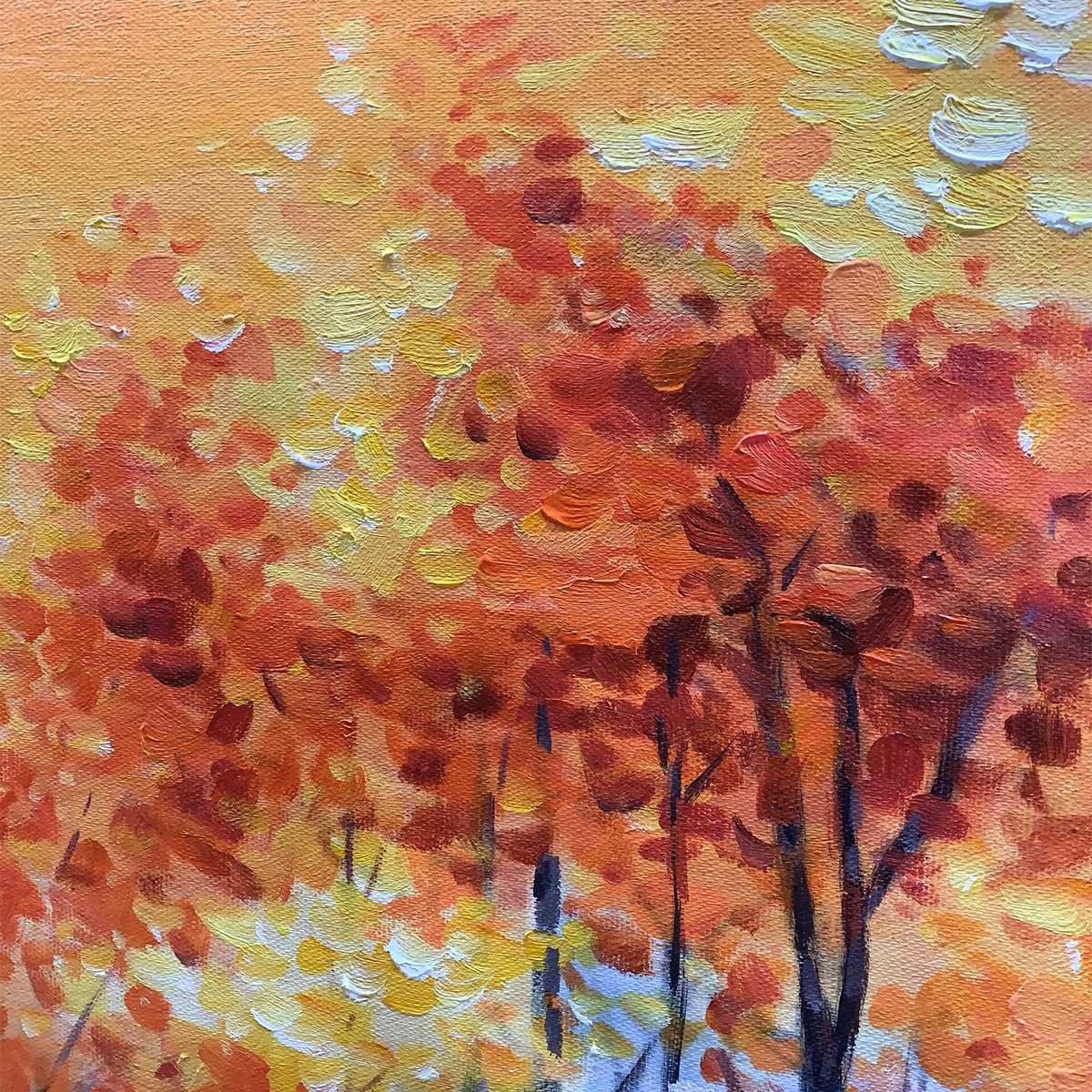Unlock the Secrets of Landscape Art: Discover Timeless Techniques and Masterful Artists!
Landscape art has long held a significant place in the world of visual arts, serving as a captivating means to evoke emotions and capture the beauty of nature. From rolling hills and serene lakes to dramatic mountain ranges and vibrant sunsets, landscape paintings transport viewers to places of tranquility and wonder. Through the skillful use of color, light, and perspective, these artworks invite us to connect with the natural world, inspiring feelings of peace and nostalgia. In this article, we will delve into the rich history of landscape art, explore various styles and techniques, and highlight notable artists who have shaped this genre. Whether you are an aspiring artist or simply an admirer of nature's beauty, understanding landscape art can deepen your appreciation for both the art form and the world around us.

The Evolution of Landscape Art
The journey of landscape art can be traced back to ancient civilizations, where artists began depicting natural scenes in their work. In the Renaissance period, landscape painting emerged as a significant genre, influenced by the humanistic ideals of the time. Artists like Leonardo da Vinci and Raphael skillfully integrated landscapes into their compositions, enhancing the narrative of their subjects. Moving into the Romantic era, artists such as Caspar David Friedrich explored the emotional connection between humans and nature, often portraying sublime landscapes that conveyed a sense of awe and introspection. The Impressionist movement of the late 19th century further revolutionized landscape art, emphasizing the fleeting effects of light and atmosphere. This evolution reflects not only changes in artistic techniques but also shifts in cultural perspectives towards nature and its representation in art.
Different Styles of Landscape Art
Landscape art encompasses a variety of styles, each offering a unique approach to the natural world. Realism, for instance, focuses on depicting landscapes in a lifelike manner, capturing every detail with precision. Artists in this style often use techniques such as careful observation and meticulous brushwork to create a true-to-life representation of their subjects. Impressionism, on the other hand, embraces a more spontaneous approach, prioritizing the effects of light and color over detailed accuracy. This style often features loose brushstrokes and vibrant palettes, allowing artists to convey the essence of a moment rather than a meticulous depiction. Abstract landscape art takes a different route altogether, distilling the essence of landscapes into shapes, colors, and forms, inviting viewers to interpret the scene in their own way. Each of these styles offers a distinct lens through which to view and appreciate the beauty of the natural world.
Realism in Landscape Art
Realism in landscape painting is characterized by its commitment to depicting the world as it is, without embellishment or idealization. Artists like John Constable and Thomas Cole were pioneers of this style, focusing on the accurate representation of light, texture, and color. Techniques such as layering paint to build depth and using a limited color palette to create harmony are common in realistic landscapes. For aspiring artists, mastering realism requires a keen eye for detail and a thorough understanding of perspective and composition.
Impressionism and its Impact
Impressionists like Claude Monet and Pierre-Auguste Renoir transformed landscape painting by emphasizing the transient effects of light and color. Their techniques involved using quick brushstrokes and vibrant colors to capture the essence of a scene rather than its exact likeness. Monet’s series of paintings depicting the same scene at different times of day exemplifies this approach, showcasing the dramatic changes in color and light. For artists looking to explore Impressionism, experimenting with color mixing and capturing the play of light can lead to captivating results.
Techniques for Creating Landscape Paintings
Creating compelling landscape paintings involves mastering several essential techniques. Brushwork is fundamental; varying brush strokes can convey different textures, from the softness of clouds to the roughness of tree bark. Color mixing is equally important, as understanding how to blend colors can create depth and dimension in a piece. Additionally, perspective techniques, such as atmospheric perspective, can help create a sense of distance in landscape compositions. Aspiring artists should practice these techniques regularly, experimenting with different approaches to develop their unique style.
Notable Artists in Landscape Art
Throughout history, many artists have made significant contributions to the world of landscape art. Claude Monet, often regarded as the father of Impressionism, is celebrated for his ability to capture the fleeting beauty of nature, particularly in his famous water lily series. J.M.W. Turner, a master of light and color, created dramatic seascapes and landscapes that evoke a sense of movement and emotion. Other notable artists include Vincent van Gogh, whose expressive use of color and brushwork brought landscapes to life, and Ansel Adams, known for his stunning black-and-white photography of American wilderness. Each of these artists has left a lasting legacy, influencing generations of landscape painters and expanding the boundaries of the genre.
The Journey Through Landscape Art
In conclusion, landscape art is a rich and diverse genre that has evolved over centuries, reflecting changes in artistic styles and cultural perspectives. By understanding the history, styles, and techniques associated with landscape painting, we can gain a deeper appreciation for the skill and creativity involved in capturing the beauty of nature. Whether you are an aspiring artist or simply a lover of art, exploring landscape painting offers a profound way to connect with the world around us. So pick up a brush, step outside, and let the beauty of the landscape inspire your own artistic journey.








